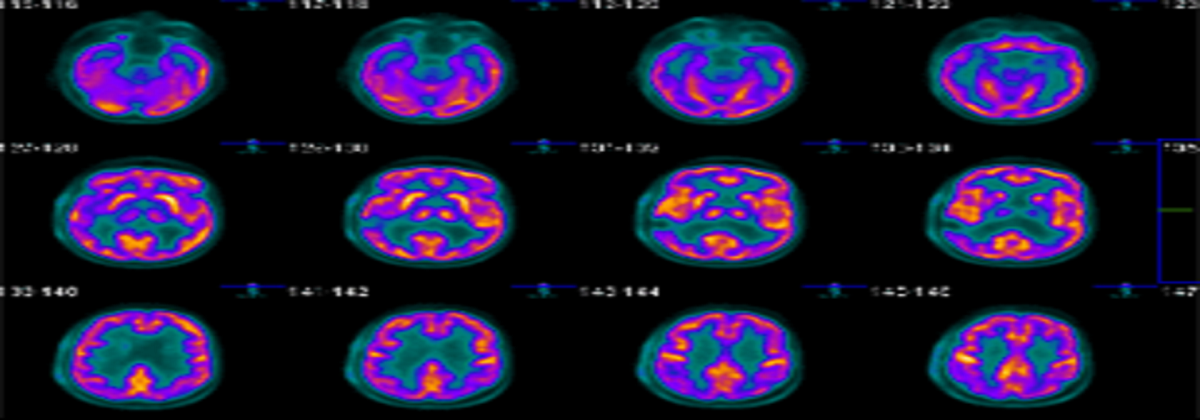
Nuclear Medıcıne
The
use of radioactive substances in the diagnosis and treatment of diseases is
called Nuclear Medicine. In the Department of Nuclear Medicine, function
imaging is performed for almost every organ-system related disease. Diagnostic
examinations performed in these centers are the scintigraphic imaging of
thyroid, bone, heart, kidney and many other organs and diseases; at the same
time, some tumor and inflammatory diseases, especially thyroid diseases, are
treated.
Nuclear Medicine Terminology
-
Scintigraphy:
The name given to the procedures performed in nuclear medicine.
- Radiopharmaceuticals: In nuclear medicine, these are chemical drugs which contain small
amounts of radioactive material and can be administered to patients via various
means (oral or intravenous).
- Planar Method: In
nuclear medicine, this is the name of the method by which films are shot on one
plane and from two directions.
- SPECT: Images are taken from around the organ being filmed at an angle of 180
or 360 degrees. Raw images resulting from the shot are processed with the help
of a computer. By this method, the imaged organs are examined in 3D.
- PET: Positron beams
are the radioactivity used here. The other components are like SPECT.
Nuclear Medicine Examinations
- Tc-99m thyroid scintigraphy
- Parathyroid scintigraphy
- DTPA kidney scintigraphy
-
DMSA kidney
scintigraphy
- Mag3 kidney scintigraphy
- Testicular
scintigraphy
- Bone
scintigraphy
-
Three-phase bone scintigraphy
- Myocardial
perfusion scintigraphy
- Brain
perfusion scintigraphy
-
Gastric emptying time calculation
- Gastroesophageal
reflux
-
Spleen scintigraphy
- Lung
perfusion scintigraphy
- Lung
ventilation scintigraphy
- Dacryoscintigraphy
Uzmanlarımıza Sorun
Talebinizle ilgili yardımcı olabilmemiz için lütfen formu doldurun.
